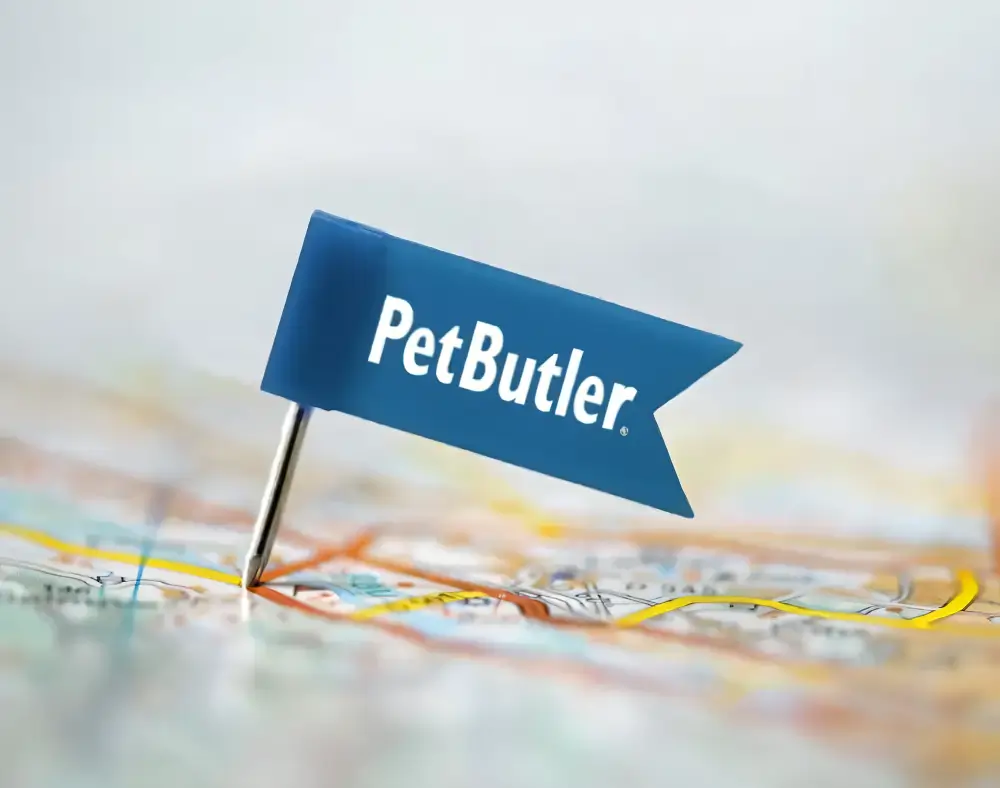Over the weekend, I peered into our dog food bin and saw just a lone kibble sitting at the bottom. No doubt, my teenagers forgot to mention we were low on food. As I stood in the pet food aisle at the grocery store, I quickly understood the paralysis my clients feel when it comes to choosing a diet and best dog food for their pets; the variety of choices on the grocery shelves and refrigerated cases was dizzying. Let’s address a few common misconceptions and give you some general tips to choose healthy dog food for your own pup. As always, consult your veterinarian for advice as variations in breed, life stage, body condition, activity level, and health status should affect your purchase.
The Association of American Feed Control Officials (AAFCO) is a regulatory agency that checks to ensure dog foods meet the minimum standard of nutritional adequacy; the AAFCO label should be present on any food you are buying and includes key information such as identification of product, net quantity statement, manufacturer’s name and address, proper listing of ingredients by weight (including water), the guaranteed analysis, nutritional adequacy statement, feeding directions, additional label claims, and calorie statements. If the AAFCO label does not exist, the company may not have verified nutrient claims with laboratory testing. Call the business to find out. All pet food companies should be transparent and want to educate the consumer about their product.
Dog Food Ingredients & Nutritional Value
What is the minimum standard for an adult dog to maintain weight and good health? A food must contain at least 18% protein, 5% fat, and maximum percentages of crude fiber and moisture. Some dog foods guarantee minimum levels of other nutrients such as calcium, phosphorous, sodium, and linoleic acid which are especially important for bone growth in puppies. Changes to minimum accepted levels of taurine will likely be included on future labels as a link between low levels of dietary taurine and heart disease in dogs was recently discovered in dogs eating certain pet foods containing peas, lentils, other legume seeds, or potatoes as main ingredients.
Let’s talk about pet food manufacturers. Mars, Purina, and Big Heart make 93% of all pet foods sold today. They invest billions of dollars, employ untold numbers of nutritionists, scientists, quality control experts, and veterinarians, as well as conduct feeding trials and test products for nutritional components to ensure your dog receives complete and balanced nutrition for every age and stage of life. Don’t rule their foods out and assume smaller companies make safer and more wholesome diets. According to Dog Food Advisor, 83% of food recalls over the last 5 years came from small manufacturers. Plan on doing more of your own research should you choose food produced by a mom and pop pet food company. Smaller pet companies are also more likely to outsource manufacturing and production. It is key to know where your dog’s food is made in order to monitor for food recalls and determine product safety.
What ingredients make up a quality food and from where should they be sourced? Ideally, companies obtain the raw materials for protein, carbohydrate and fat from local or regional sources with whom they have an established relationship and have strict quality control. Contamination from bacteria such as salmonella and listeria, mold, or toxins such as cadmium, lead and arsenic should be monitored by the supplier and and rechecked by the pet food company after manufacturing. Surprisingly, diets labelled grain-free were found to contain more toxins that those that contained grain.
Brokers on the open market and countries with inferior food quality standards may offer cheap ingredients that can be harmful to your dog but cost considerably less. Interestingly, many of these same countries make superior quality supplemental vitamins and minerals such as Vitamin C that are found in most commercial pet foods. Pet foods with ingredients such as a clean meat source (turkey, beef, bison, duck…) instead of a meat meal which may contain horns and hair, fewer artificial preservatives, like BHT and ethoxyquin, and colors are preferred. Foods with labelled as “natural” and “super-premium” are not held to any different standards as those without such label claims. While natural may imply the diet was preserved with tocopherols (a Vitamin E source) vs. artificial chemicals, that isn’t necessarily the case; don’t be fooled into paying a higher price for these “superior” products.
Dry vs Wet (Canned) Dog Food
What’s the difference between wet and dry dog food? Which is better for your dog? Increased water content may make wet diets easier to chew for puppies and senior pets, more palatable, more filling, and can contain fewer artificial preservatives and flavors as they are sealed in air-tight containers. Often, wet foods contain a higher protein content and fewer carbohydrates compared to their dry counterparts which may be beneficial for animals needing to maintain lean muscle or that have medical conditions such as diabetes mellitus.
When comparing the nutritional analysis of wet vs. a dry diet, be sure you are comparing them both on a dry matter basis. The FDA has a guide on how to perform this calculation. Dry foods can assist in the mechanical removal of plaque, improving dental hygiene. They also are easier to store and are usually less expensive. Ultimately, the decision to feed wet or dry food is between you and your veterinarian.
Get started on your search for the best and healthy dog food for your pet to ensure a proper dog diet and avoid overfeeding. Best of luck out there and may you never be stuck utterly perplexed at a grocery store on a lovely night!
Other sources:
FDA Pet Food Labels
Animal Food Recalls & Alerts
Clean Label Project Pet Food

